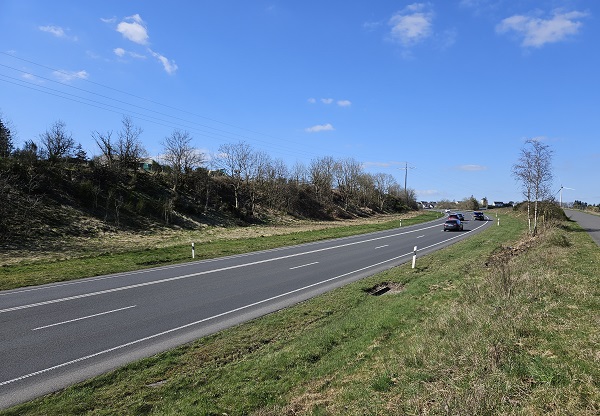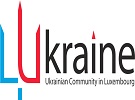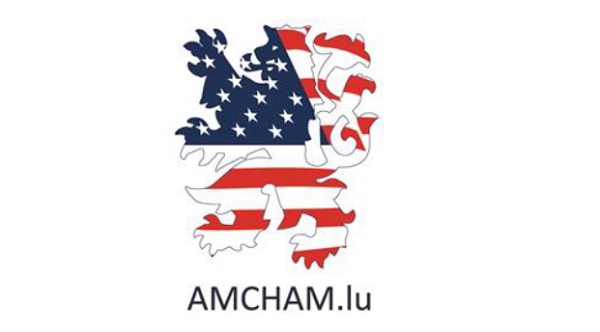 N7;
Credit: Jazmin Campbell
N7;
Credit: Jazmin Campbell
On Thursday 27 March 2025, Luxembourg's Minister for Mobility and Public Works, Yuriko Backes, presented the N7 road safety and optimisation project to the members of the Committee on Mobility and Public Works of the Chamber of Deputies (Luxembourg's parliament).
As reported by Luxembourg's Ministry of Mobility and Public Works, the N7, connecting Fridhaff to Wemperhardt, is an integral part of the north-south axis of the European route E421, in conjunction with the A7 and B7 motorways. This axis connects the centre of the country to Nordstad, and to the north, it joins the Belgian A27 motorway via the N62.
In 2021, a financing law on improving the safety of the N7, as well as a financing law on the Hosingen bypass, were passed. These laws aim to widen the roadway with a continuous emergency lane, alternate between 2+1 lanes, remove direct connections and create grade-separated intersections. To limit the use of agricultural machinery on the N7, the construction of agricultural structures was decided upon - as was a maximum authorised speed limit of 90 km/h along the entire length of the section.
In accordance with the 2023-2028 government programme, a feasibility and opportunity analysis was conducted regarding the four-laning of the northern N7 road, where possible. This study took into account the current characteristics and conditions of the N7 in terms of safety, capacity and travel time.
The analysis revealed that safety remains the main problem facing the current N7. It was therefore deemed appropriate to focus on optimising road safety while avoiding developments likely to lead to excessive speeds unsuitable for the route or that could transform the N7 into an attractive alternative for international traffic. The study indicates that a four-lane expansion of the N7 would not be justified, either by current and future traffic or by time savings for users. Furthermore, the high accident rate on the road reinforces this conclusion, as widening work would significantly delay the implementation of appropriate solutions, noted the ministry.
Faced with these findings and due to the ongoing risk of serious or even fatal accidents on the N7, the government has decided not to delay the project while maintaining a 2+1 clearance (no fourth lane) for the N7 based on the project approved in 2021, but now reportedly optimised by adding a second entry lane to the six roundabouts. This solution aims to ensure smoother and more consistent traffic flow while potentially improving journey times and, at the same time, allowing for overtaking of agricultural machinery and other slow-moving vehicles before reaching the roundabouts by adding an additional lane.
The studies for the N7 project will be finalised "as quickly as possible" to enable the rapid submission of tenders for the "Fridhaff-Köppenhaff" section and the current section of the Hosingen bypass.
Moreover, beyond the N7 project, the section between Hoscheid-Dickt and Hosingen will be analysed as part of the 2040 National Mobility Plan (PNM). The ministry said this analysis will aim to determine the best solutions to improve traffic flow without delaying ongoing safety projects.
Minister Backes stated: "It is imperative that we act quickly to mitigate the risk of accidents on this road, which is a vital axis for many citizens on a daily basis. I am therefore delighted to be able to initiate the safety work as quickly as possible. The optimised solution developed by my department will also improve journey times and fluidity for drivers, without delaying the implementation of this crucial work."








